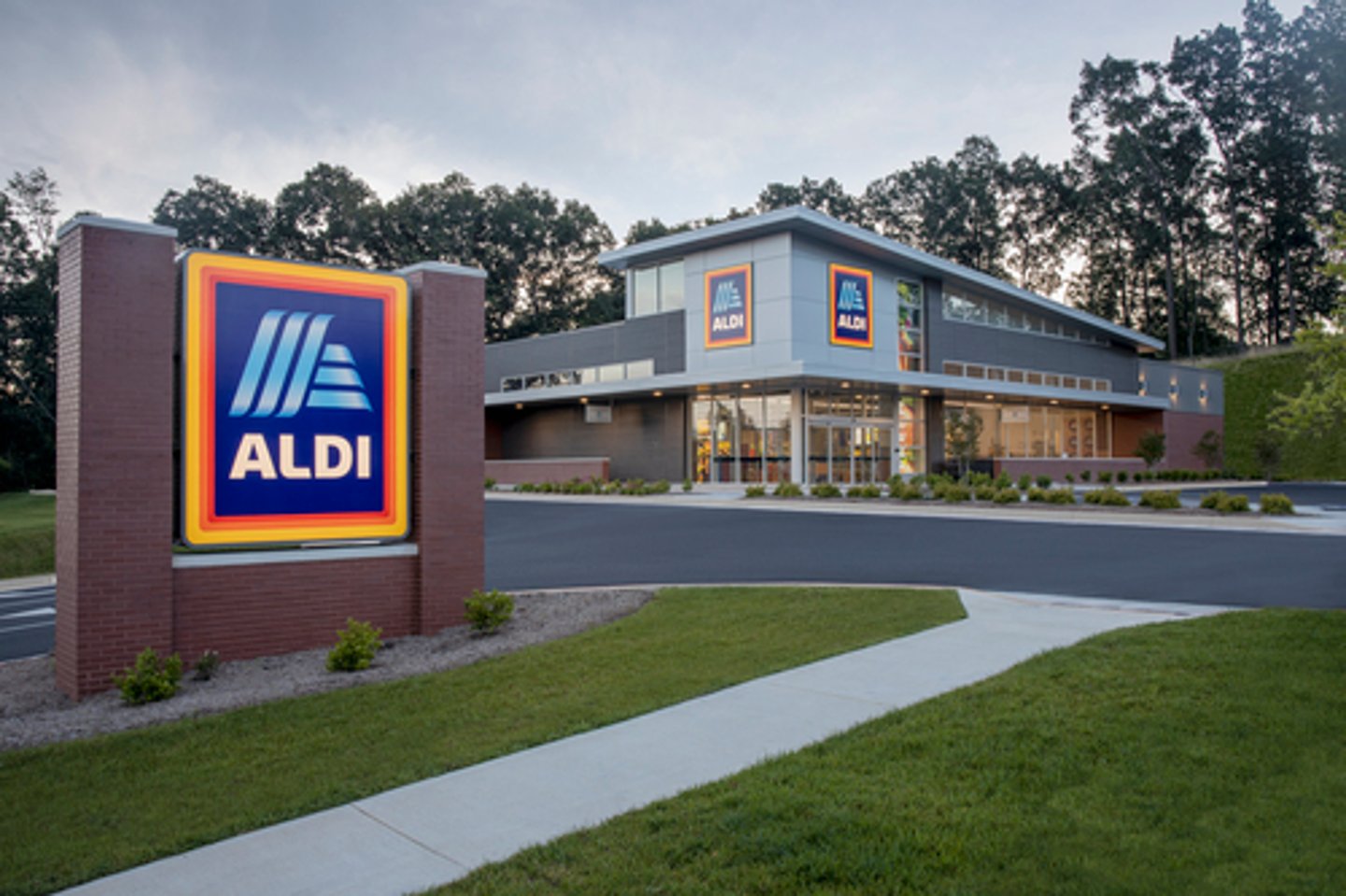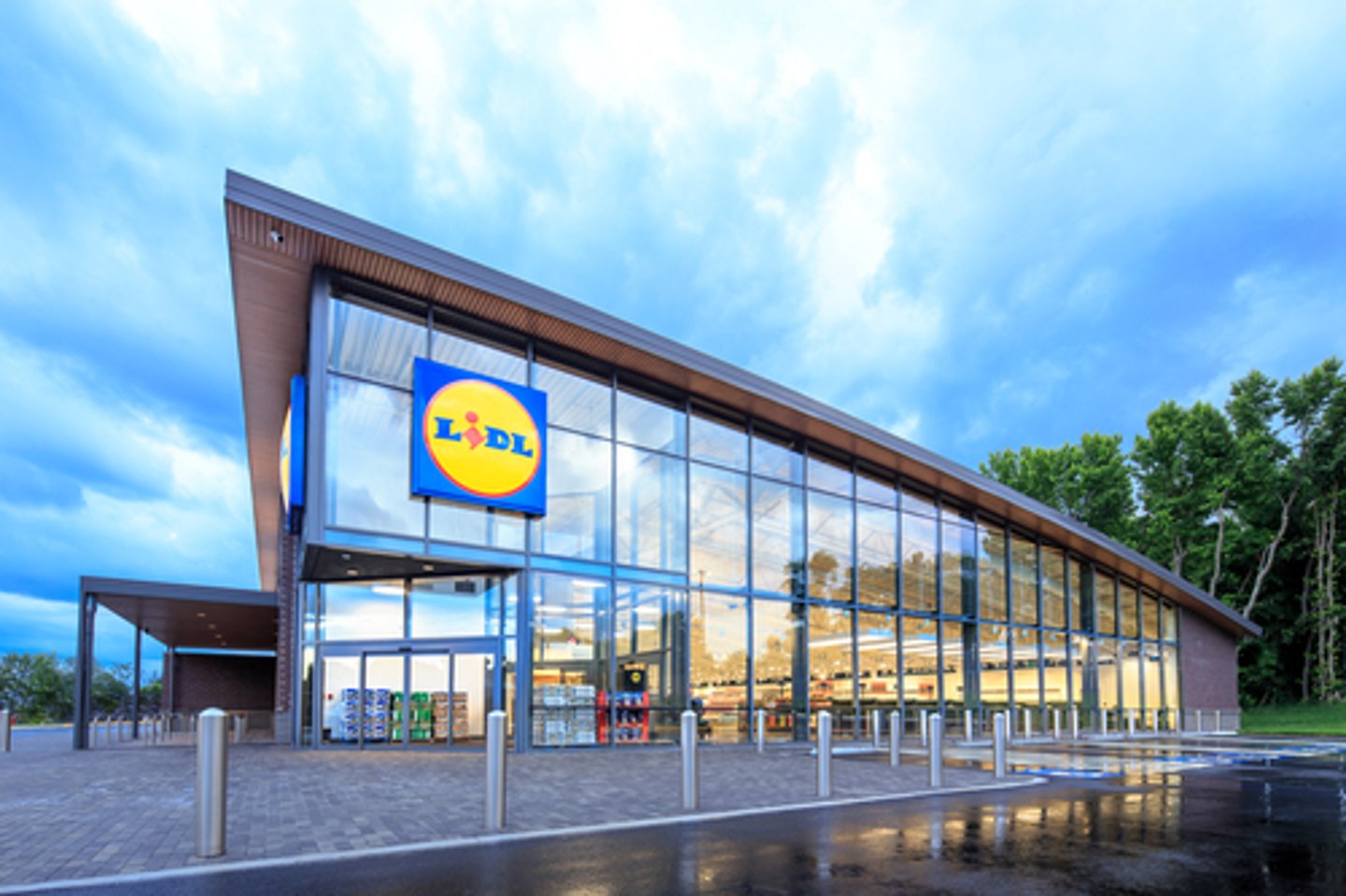Shopper Visits To Aldi, Lidl Stores Outpace Grocery Industry
The similarities between Aldi and Lidl are notable, but so are their differences, especially in the U.S.
While both have German heritage and a significant presence in Europe, the two discount grocers are operating at different levels on this side of the Atlantic.
As of the end of April, Lidl operated 187 stores along the eastern third of the U.S. Aldi’s store expansion plans call for the opening of 225 new locations in 2025, with a goal of 800 new stores by the end of 2028. The Batavia, Ill.-based retailer had more than 2,500 U.S. stores as of the end of April.
One of the more significant overlaps is that each operates small-format stores with a focus on high-value, quality private label products. A new report from Placer.ai shows that both continue to outpace the grocery industry as a whole in terms of store visits.
In the first quarter of 2025, data from Placer.ai revealed that both retailers saw significant growth in visits and visits per location. Year-over-year, shopper visits to Aldi were up 8.9%, while visits to Lidl rose 4.2%. The grocery industry as a whole saw visits increase just 0.9% during the same period. Average visits per location were up 4.7% at Aldi, up 1.9% at Lidl, and flat across the grocery industry overall.
Additionally, Aldi has outpaced its national store visit growth in key markets. In Florida — one of the grocer’s largest markets — visit share grew from 4.8% in the first quarter of 2022 to 7% in the first quarter of 2025. In Illinois, its corporate home state and second-largest market, Aldi’s visit share reached 14.8% in Q1 2025, up from 12.2% in Q1 2022.
“This consistent growth in visit share underscores the broad appeal of Aldi's value proposition to shoppers across the country, suggesting that its ambitious expansion plans are likely to be well-received by consumers,” Placer.ai said in its report.
Both grocers are also weekend destinations for many consumers. Placer.ai’s report showed a significantly larger proportion of Aldi’s and Lidl’s visits — 37.2% and 37.7%, respectively — took place on Saturdays and Sundays, compared to 33.4% for visits to traditional and value grocery stores. This suggests that the attractive pricepoints offered by Aldi and Lidl position them as prime destinations for shoppers making weekend stock-up trips, the report said.





